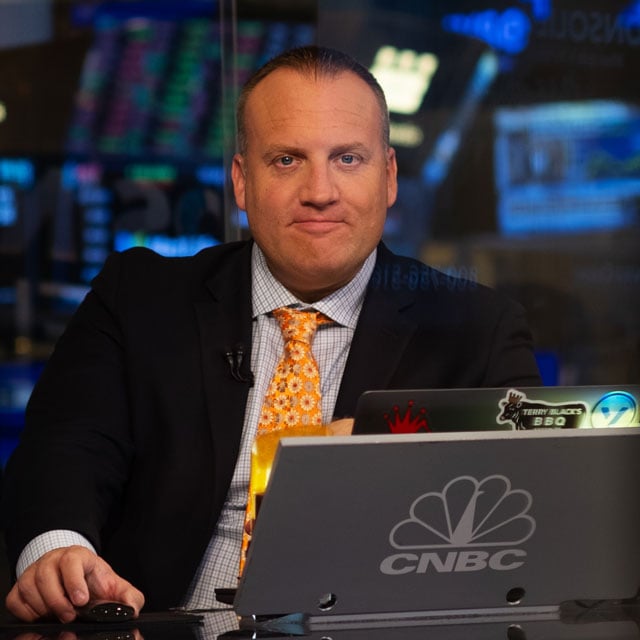Falcon
NOT FOR REPRINT
Want Real Growth? 15 Steps to Take Now
By
Jeff Berman
Slideshow June 27, 2023 at 02:50 PM
Share & Print
If advisors want to see real growth and not just market appreciation, there are several actions they should take now, according to a panel of experts who spoke during the recent webcast "Future of Practice Management: Boosting Business in 2023." "If you look at the data, what you'll find is that the average financial advisor has zero organic growth and, to me, that points out the fact that this is a very competitive market because it's hard for the average advisor to grow," financial advisor coach Steve Sanduski, founder of Belay Advisor, said during the webcast. The compound annual growth rate of revenue for registered investment advisors was 11.3% for the five years ended in 2021, according to Charles Schwab's 2022 RIA Benchmarking Study. Sanduski recalled wondering "how much of that was due to the market going up." To test that, he "put together a simple 60/40 portfolio, 60% equities/40% bonds, over that five-year period," he said. "And guess what? The growth of that was just the simple passive portfolio. It was 11.9%. And so, if you did nothing but just got what the market did, you would've grown about 11.9%." He pointed out he was using the 60/40 as a "proxy for a typical advisor's allocation, so that was one of those data points that said to me … the average advisor isn't growing." On top of that, he said: "We know that we've got clients that are taking money out every year because they're doing distributions [and] we've got two, three, four percent of clients that might leave each year. So we've got about a six or seven percent hurdle rate each year from those two factors just to get back to breakeven." What he typically sees is that an advisor "will get another six or seven percent in referrals from existing clients [but] they'll lose six or seven percent from clients taking distributions and clients leaving and then the net result is whatever the market does that year is what they're going to grow." To see the 15 steps that Sanduski and the other panelists, Jay Coulter, president of Resilient Advisor, and Amy Parvaneh, founder and CEO of Select Advisors Institute, suggested advisors need to grow their businesses, see the slideshow gallery above.
NOT FOR REPRINT
© Touchpoint Markets, All Rights Reserved. Request academic re-use from www.copyright.com. All other uses, submit a request to [email protected]. For more inforrmation visit Asset & Logo Licensing.
Featured Resources
View All
Sponsored by Axos Advisor Services
Integrated Banking Solutions: How To Enhance Client Services and Grow Your Business

Sponsored by Optifino
Three Macro Trends Impacting Long-Term Care: Trends, Solutions & Client Conversations

Sponsored by Vanilla
The Missing Piece: Why Advisors Who Skip Estate Planning are Failing Their Clients







